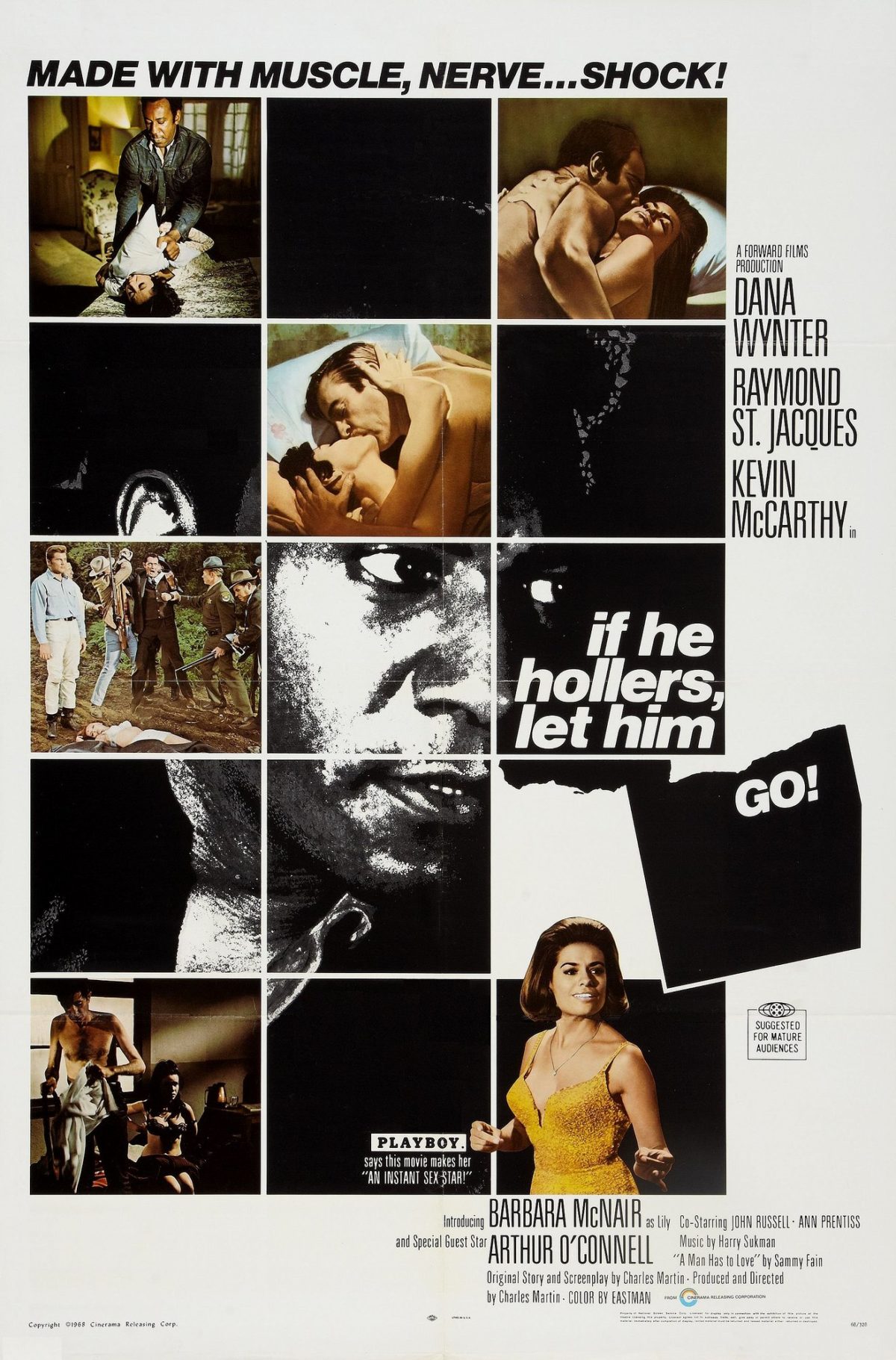When considering the idea of “Black noir” prior to this course, my thinking was fairly straightforward: detective fiction, probably hokey, written by Black authors or featuring Black protagonists. That’s not to dismiss the genre or the content of the novels I expected to read; I just didn’t think there was much more to it.
Instead, we confronted the complex, fraught realities of race in the United States through the lens of an evolving, evocative genre of writing most prevalent through the twentieth century. Noir itself presented itself as more layered and complicated than I’d previously been led to believe. In addition to the cheesy detective story with its overwrought narrative and sharply lit femme fatale, we defined noir based on its confrontation of the harsher realities present in our world, stories highlighting established systems of power and their potential for corruption and incompetence; criminal underworlds; moral ambiguities; self-autonomy; gender and its relation to power; queerness; and central to this course, race.
Throughout this course, we’ve examined the evolution of noir. From a white man’s perspective, one in which the masculine exerts dominance of women, foreigners, and those coded as queer. This view of the world undeniably informed the character of the noir genre; however, as we continued onward, we were introduced to Black male protagonists, reflecting various experiences in the eastern, western, southern, and northern/midwestern United States. We saw these men in large, urban settings, as well as smaller, rural areas. They came from money, or were working class, or earned a living as criminals. In most cases, these men rejected established authority figures and systems of power; they were wrongfully accused by racist police officers, or simply abandoned by systems meant to protect and care for all people without prejudice. Through the critical lens of noir, we saw that failed to be the case on more than one occasion.
At times, there was a frustration in reading the perspective of sexist, prejudiced, at times violent men with any sympathy; their anxieties and frustrations regarding poor and unfair treatment due to their race was valid, yet the genre sometimes felt too steeped in the toxic perspectives and behaviors of the white men who popularized it. As we came to see in Street Players by Kinohi Nishikawa, “Black Sleaze” as a genre of pulp/noir fiction represents noir with a mass market appeal that enticed white readers for its voyeuristic appeal and Black readers with no clear agency in determining which books would be published and made available to their communities. Here, the idea of black noir became complicated: with texts like Trick Baby, do we celebrate a sense of unflinching authenticity in its blunt examination of sex, crime, and violence, or do we recognize the predatory publishing practices that relied on sensationalism at the expense of other Black voices? The issue is still one I’ve yet to come to a clear conclusion on.
What most excites me at the end of this course is the ways in which we’ve seen noir grow. We read noir with a female protagonist, one who didn’t rely on sexism or gratuitous violence to survive, but recognized the complex racial dynamics at play in her world. We have writing that looks back on the past and its more problematic practices with scrutiny, injecting noir with modern sensibilities without abandoning what makes it so compelling: its ability to venture into areas of life most people would rather turn away from. As noir develops further, I’d hope to hear an even greater diversity of voices. For Black noir, it would be interesting to hear from more queer voices within the community. Given the reality of violence against Black members of the LGBTQ+ community, it feels like a large oversight. Given what we’ve learned about publishing, I suspect that’s intentional.
